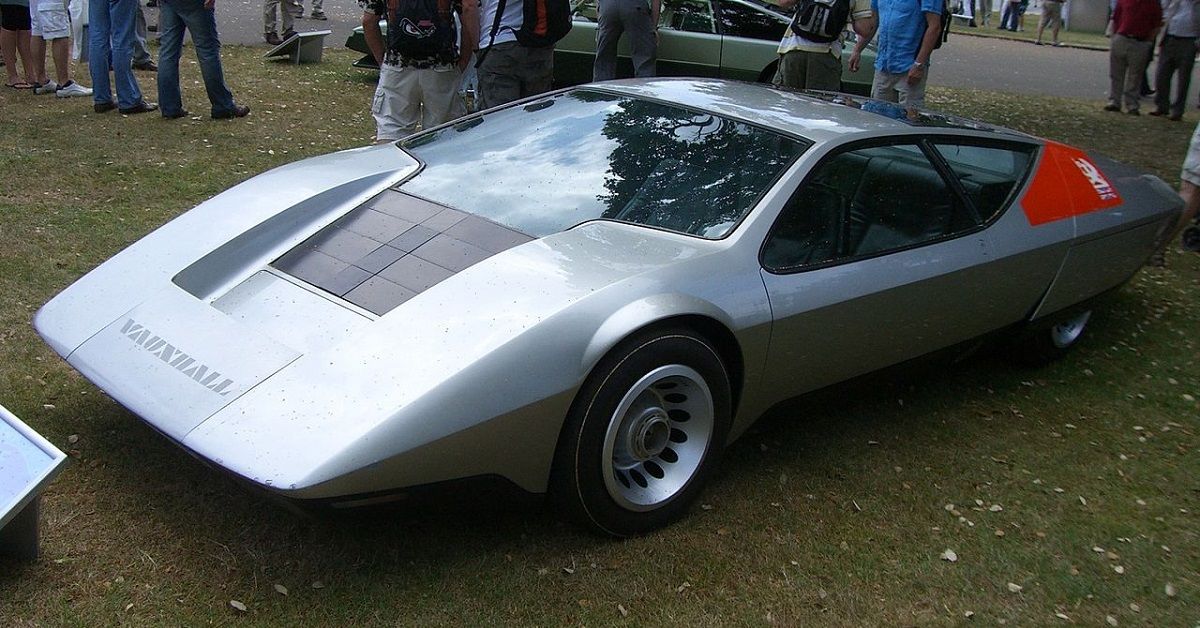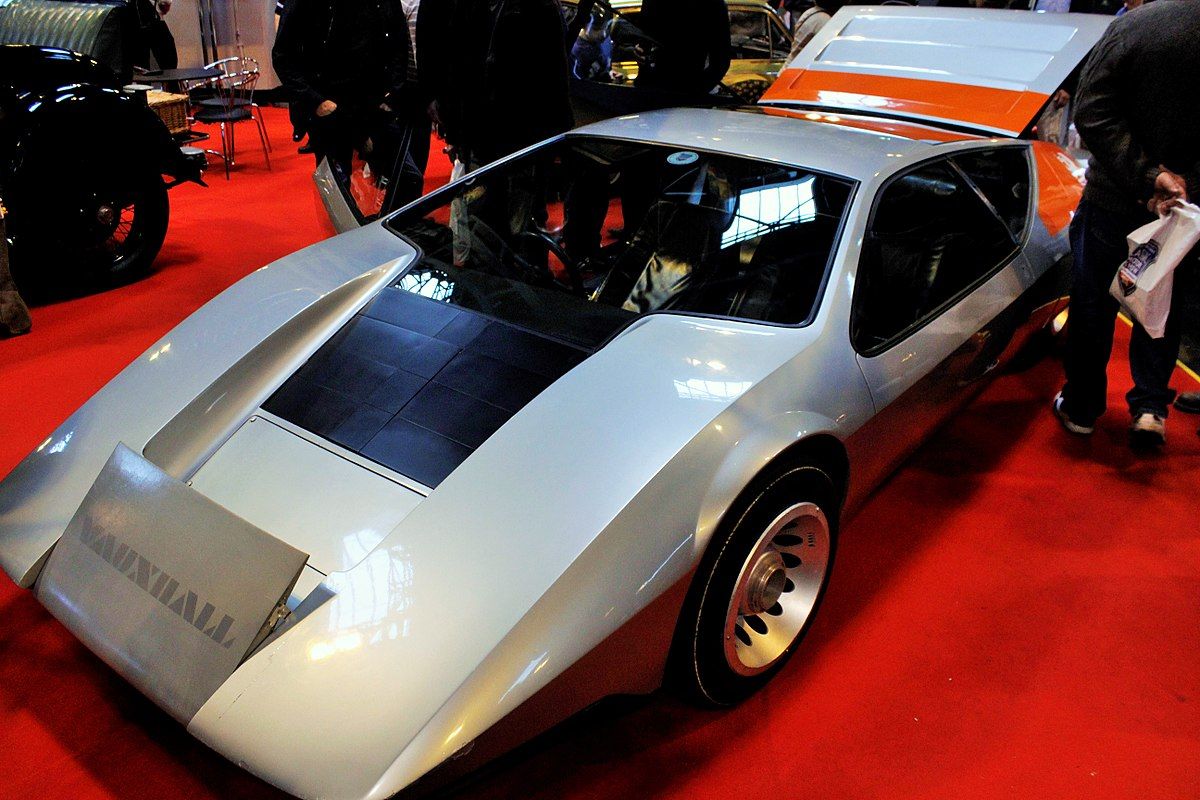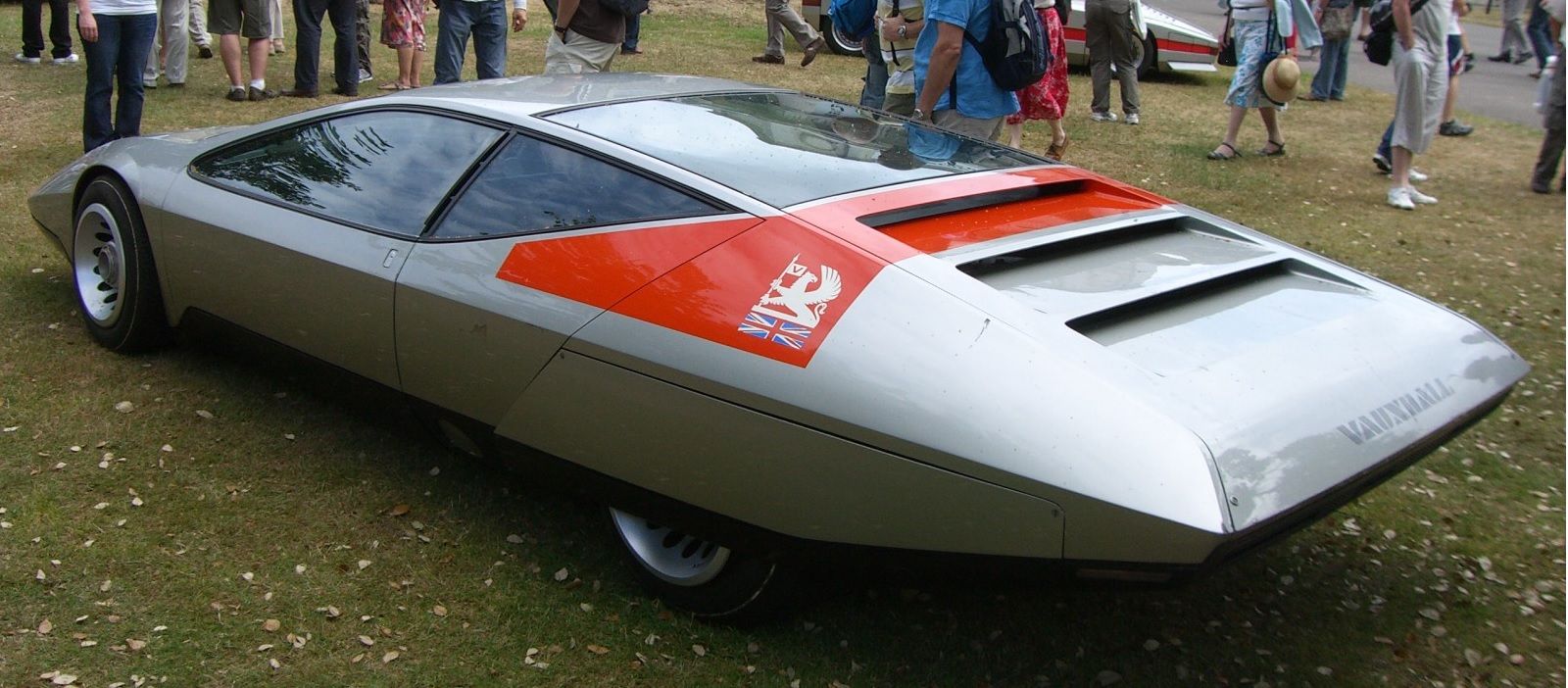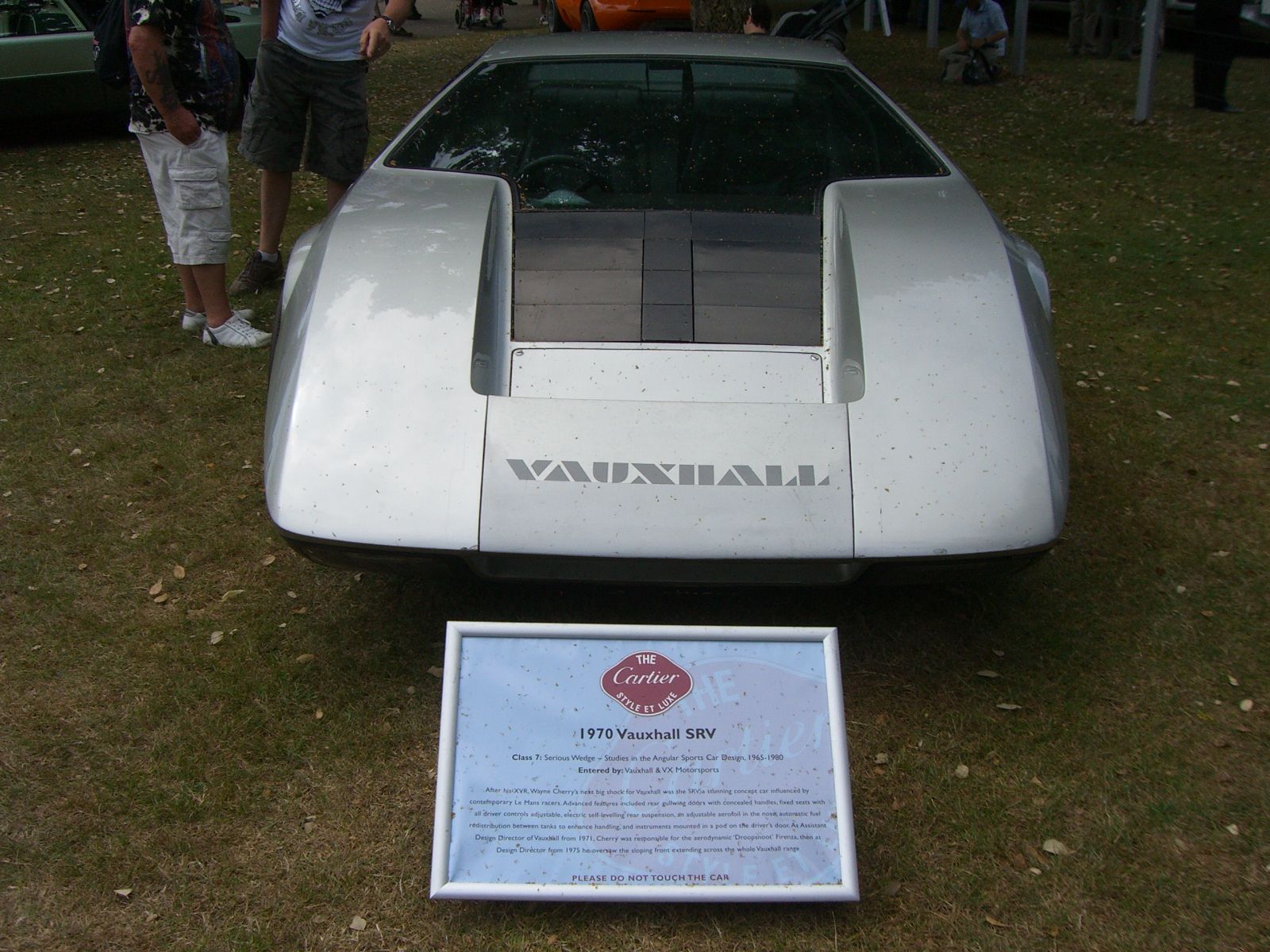The story of the Vauxhall SRV is not one of objective truth, figures, or performance reviews. It is one that follows a few truly passionate individuals who wanted to honor their brand and design something entirely foreign to the automotive world.
It seems as if all of the greatest concept cars have come from the late 1960s or early 1970s, and the SRV is no different. But the other legendary concepts were often done by automotive designing legends like Gandini or Giugiaro. The SRV, however, was created by the humble designers at a lesser-known company from England called Vauxhall.
The SRV is one of our favorite concepts of all time, not because of its underdog essence but because of its genuinely brilliant and daring design that could only come out of the mid-20th century.
Inspiring Vauxhall's SRV
In the late '60s, Vauxhall was being overseen by GM, meaning their designers and engineers were to do what the American-based company wanted in order to make any money. And they did.
But not everyone fell in line so easily, especially in the design department. Wayne Cherry was actually hired by GM out of college to be a designer, but he was charged with running the Vauxhall design joint during the GM takeover, and he wanted to keep classic Vauxhall design in rotation.
That passion is what started the SRV project, otherwise known as the "Styling Research Vehicle." For Cherry and a small team of stylists and designers, the Vauxhall part of the company deserved to be appreciated, and how better to honor your brand than with a ground-up concept car.
The Four-Door Masterpiece Comes Together
Cherry began making sketches for the SRV in 1969 with no limits in mind, as is routine for concept cars. Designers John Taylor and Chris Field, stylist team members of Cherry, knew that they would have to take their boss's vision and make it visible for the whole world to see.
But to go forward with Cherry's finished sketches, they had to get approved by the board of directors.
The designers took a physical model of the cabin space of their SRV - also known as a seating buck- to the executives with fingers crossed, waiting for a chance to create something of pure passion.
Luckily, seating bucks don't reveal much about a car's design, so when they eventually got approved for the project, it was all hands on deck to execute the wild-looking SRV.
The most notable part of the project was the number of doors presumed to go on the car - four. Combine the sedan idea with the mid-engine layout plan, and you have yourself a handful of work to do.
But Cherry's team didn't want it to be a concept that was barely held together, like the Vector WX-8 Prototype. It would be a solid-built rolling chassis with the actual potential to function in a real-world setting. That sentiment would never be seen through, though, because the mid-mounted twin-cam engine of the Vauxhall SRV was mostly made of wood and dummy aluminum with no working parts whatsoever.
The designers and engineers swore it was possible, though. And we won't question them. The SRV had the technology built into it to do things like ride angle changes and front-end leveling even.
But the doors. The doors! When was the last time you saw a mid-engined four-door car that actually looked proportionate? Unless you were born before 1969, then your answer should be "never."
The SRV was so cleverly designed in a way that allowed the rear doors to be almost hidden and sunken beneath the outer appearance of the car until you desired to open them.
The Truth Behind The Vauxhall SRV's Gadgets
Most concept cars you see at shows don't even move under their own power. In fact, most of them are probably impossible to sit in, let alone drive down the road. And the SRV remained in that reality.
Things on the SRV like the Pilot tubes that are supposed to measure nose pressure, the instrument cluster that hung off the door, and the boost gauges and engine temperature gauges were all there for show, much like some reality TV shows you know.
There were likely a hundred other little details that were screwed on the car without being attached to electricity. But that is just what a vision entails, isn't it? Something to fantasize about that could be real. Something to sit in front of and admire the fact that the idea even came about in the first place.
And though much of the SRV is theatre, that word can be interpreted in many ways. "Theatre" can mean fake or phony, but it can also mean wonder and passion being shown to an audience. And that is the definition we'll go with when describing the SRV.
There are world-class designers who admire the half-century-old creation of Wayne Cherry and his team because of how it represents the courage to bring one's wildest fantasies to life. And while none of us here are world-renowned members of the automotive industry, we feel the same way.




